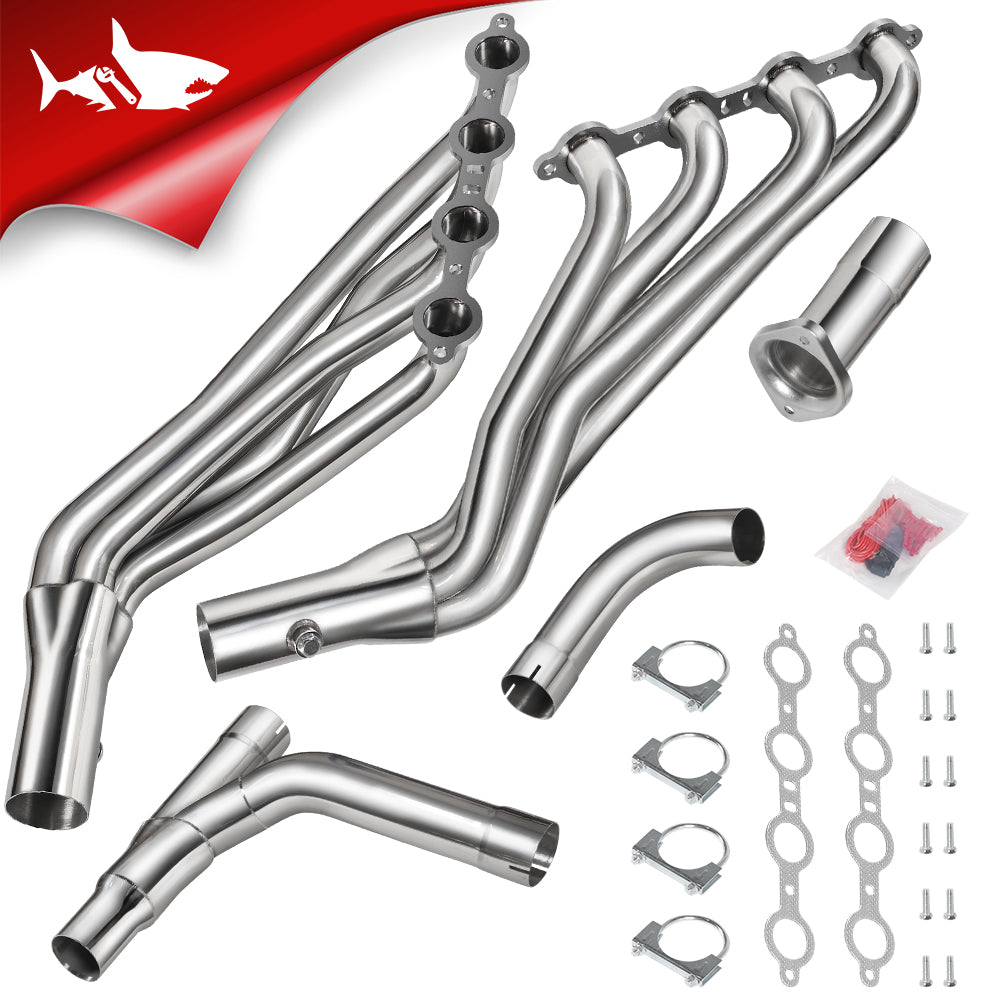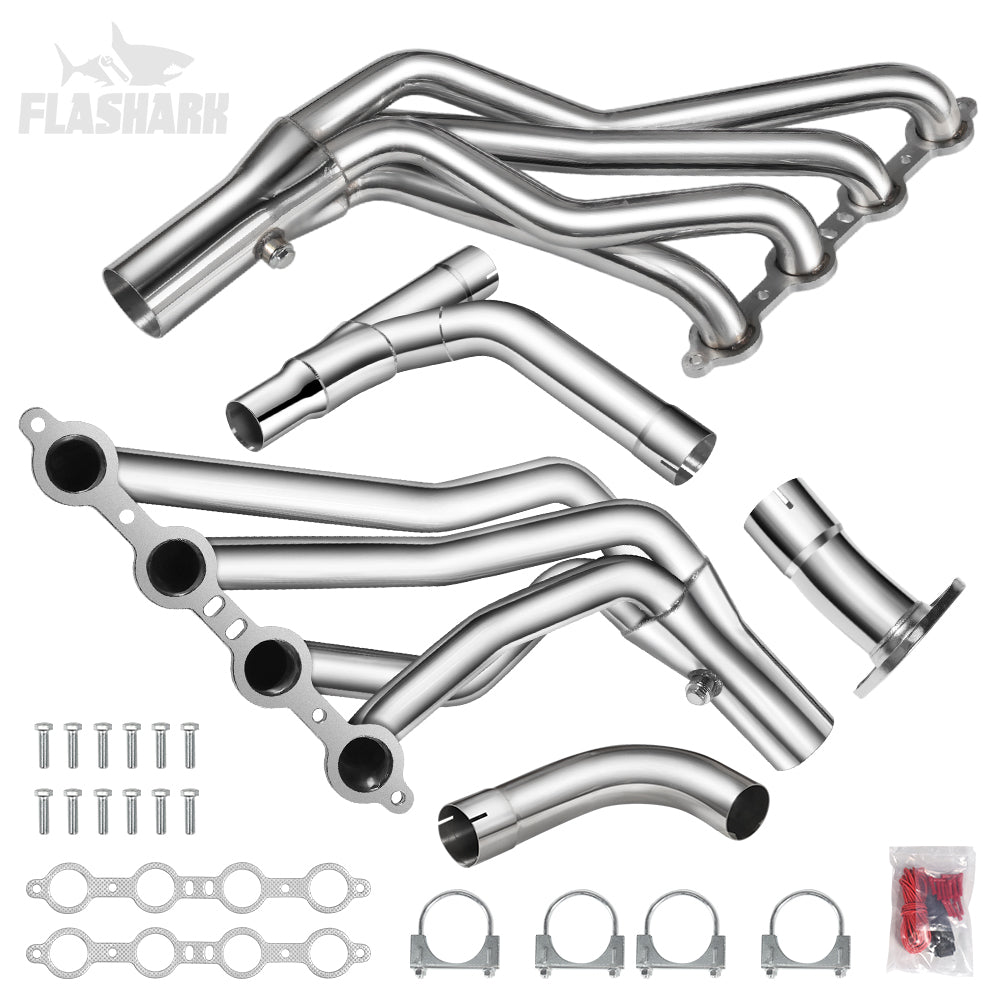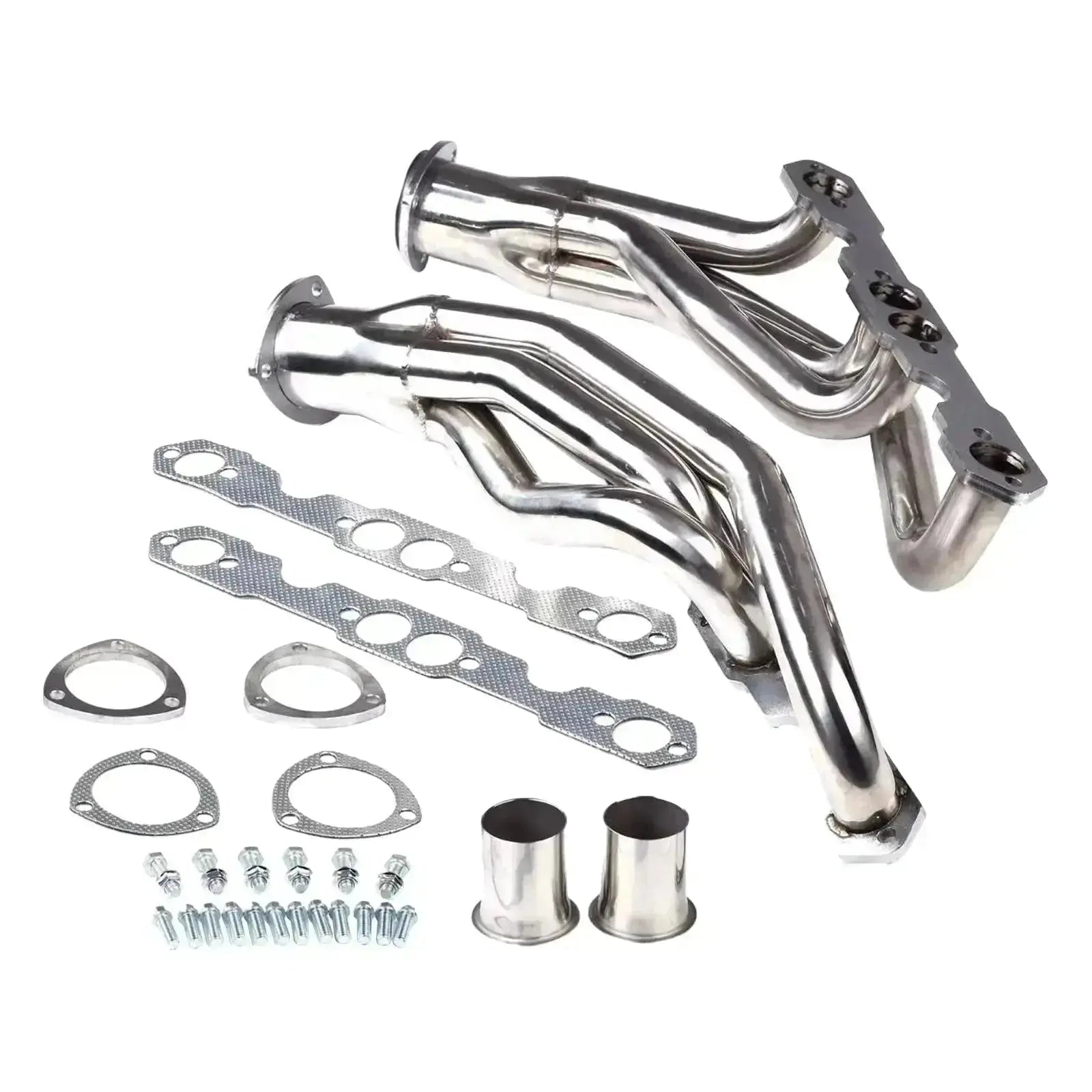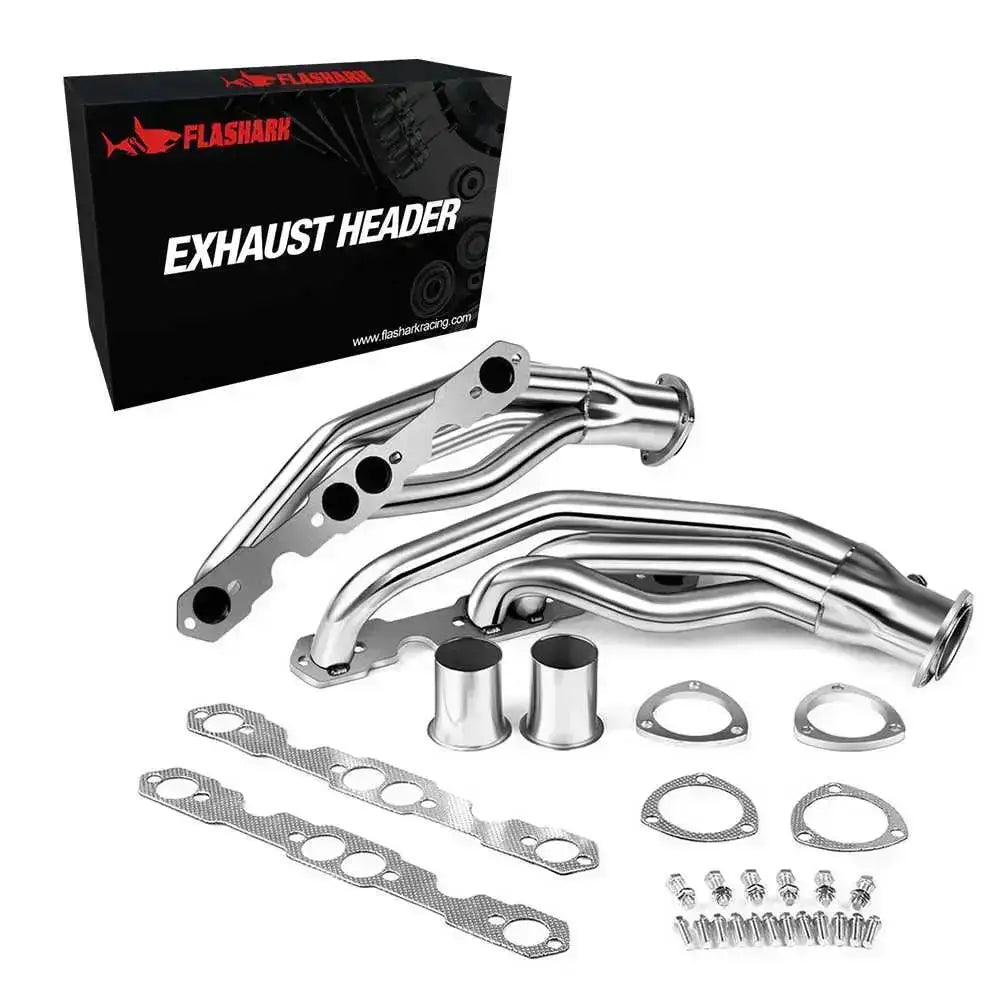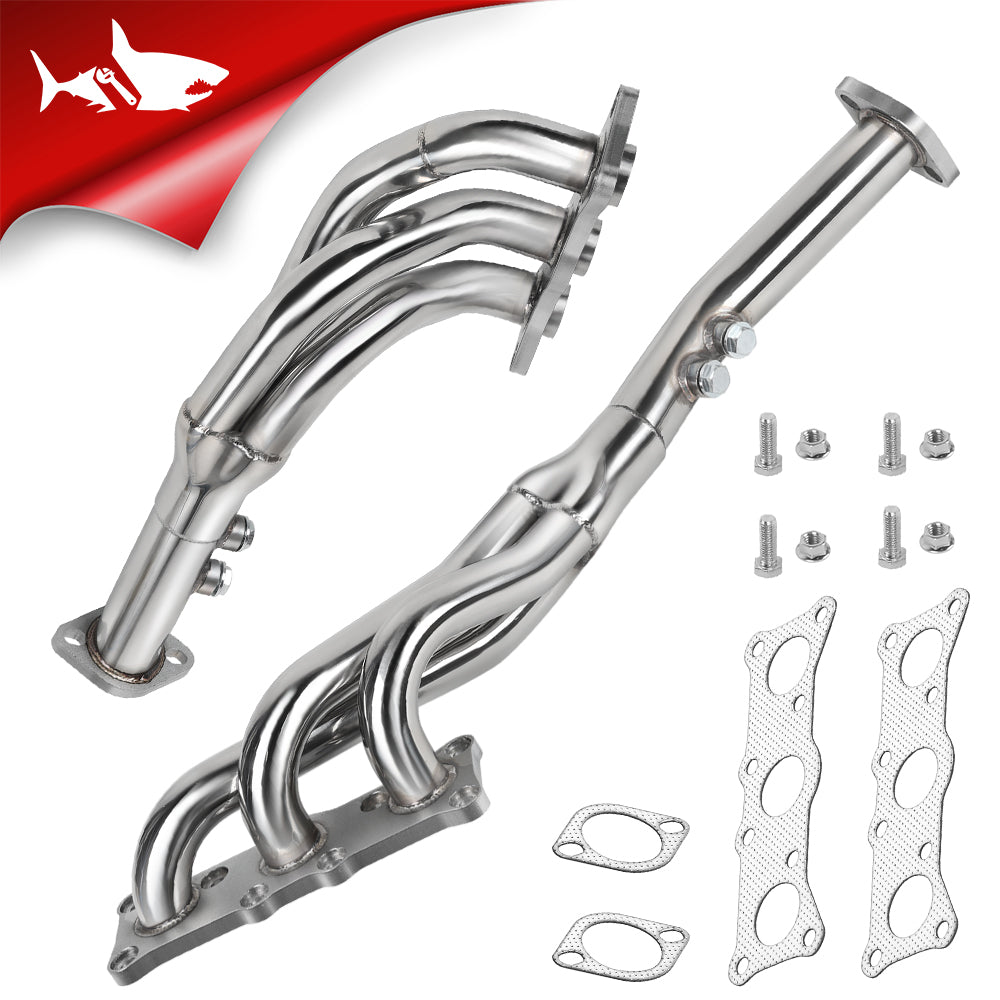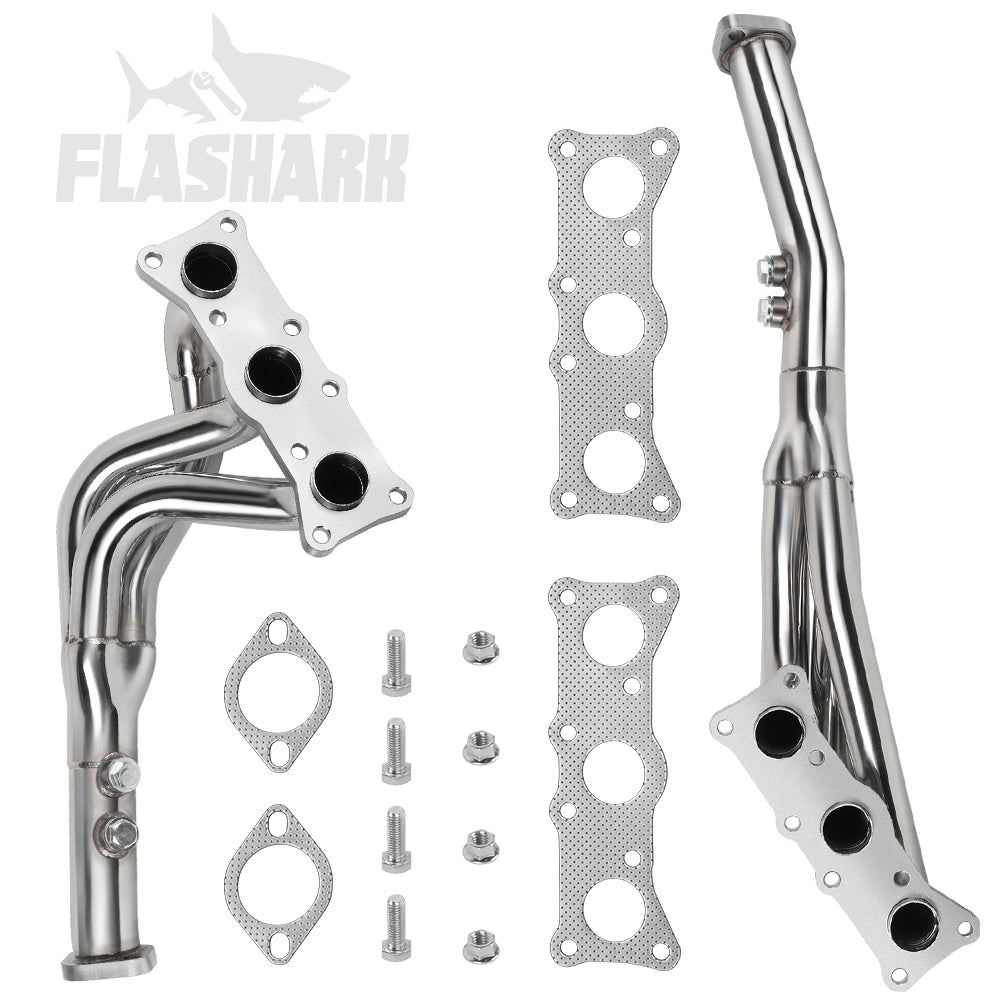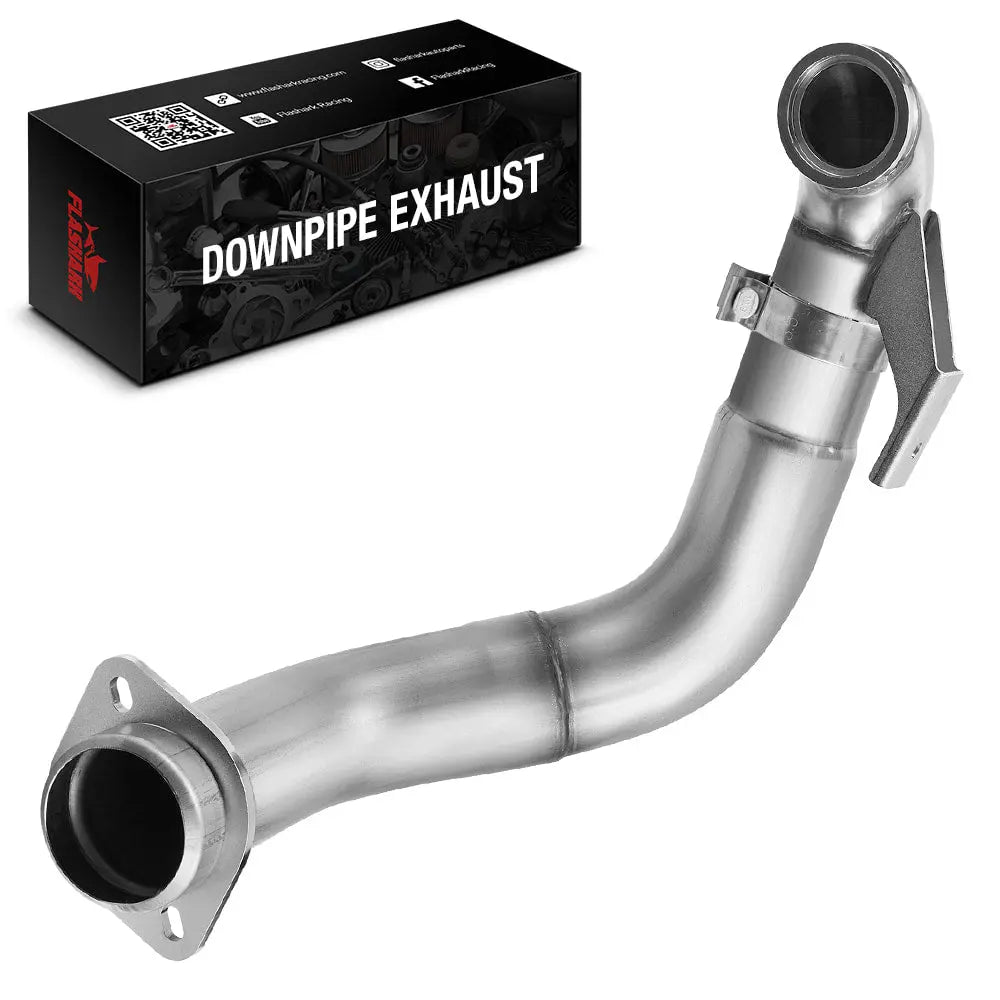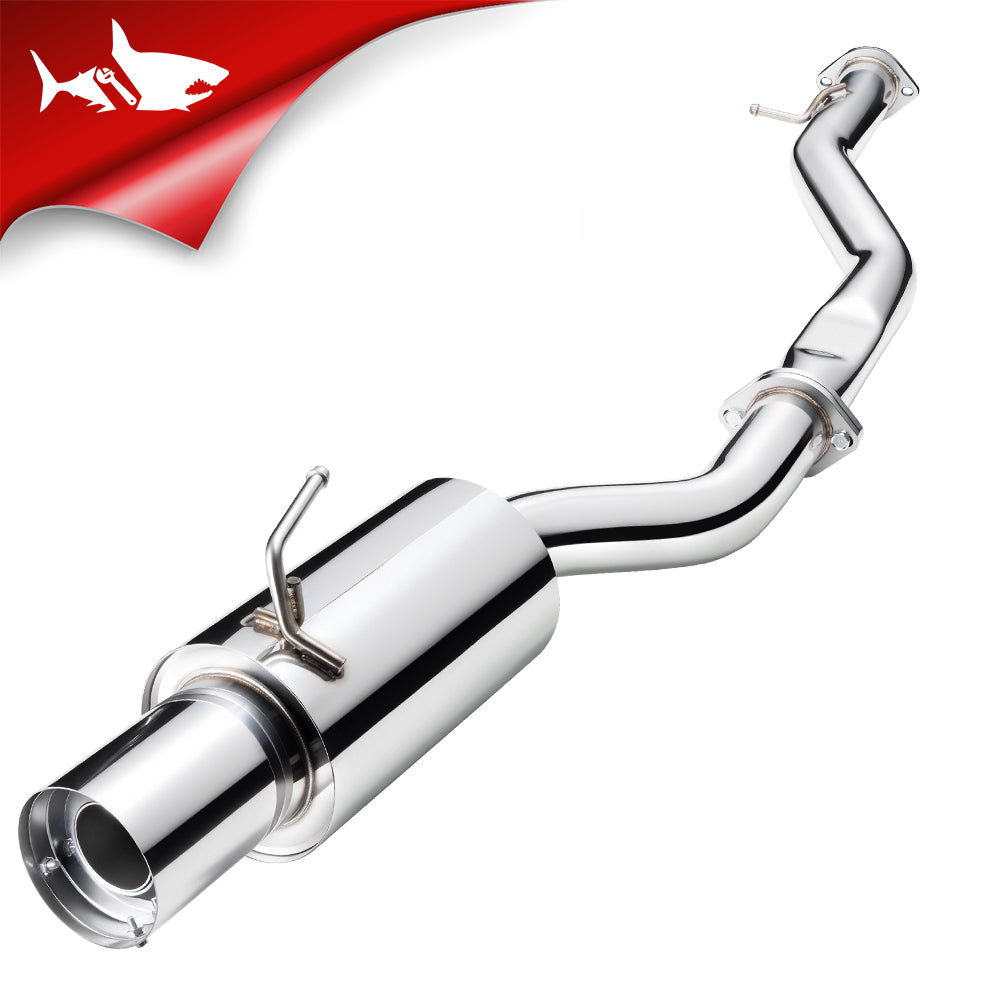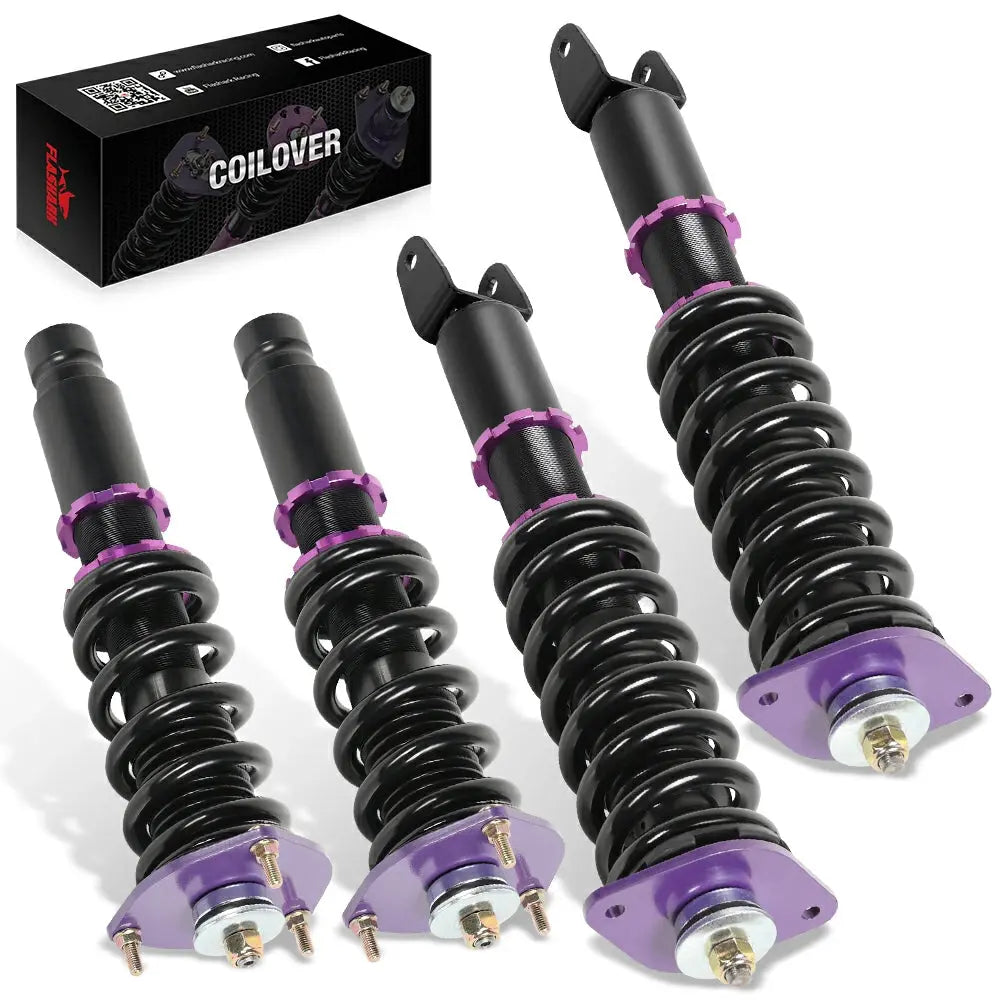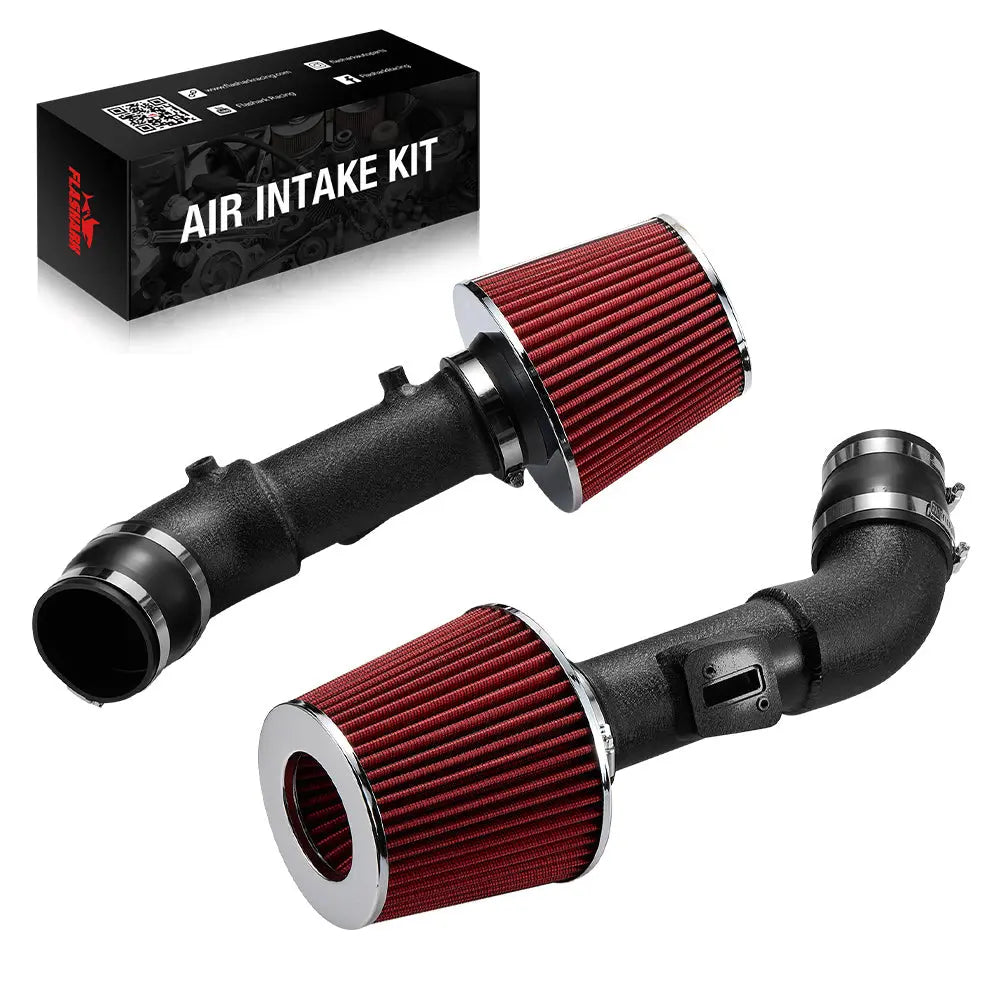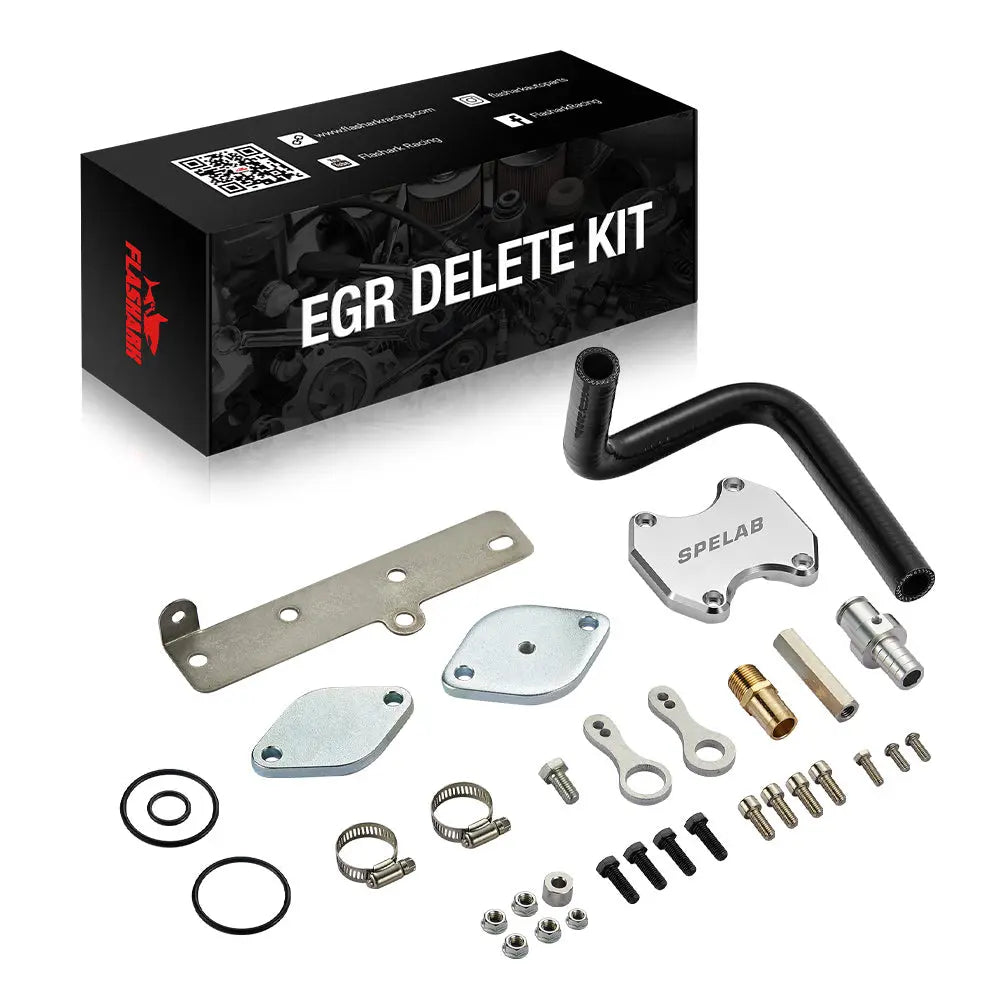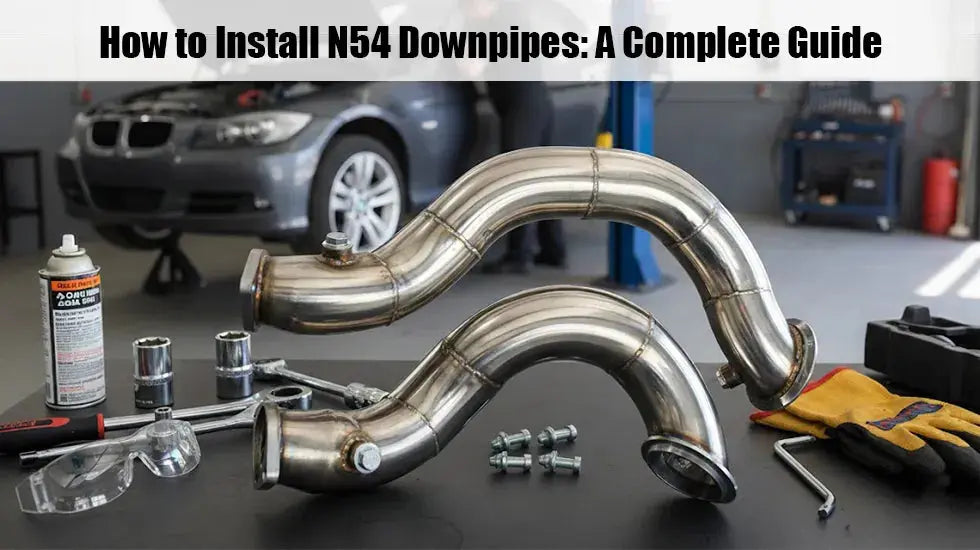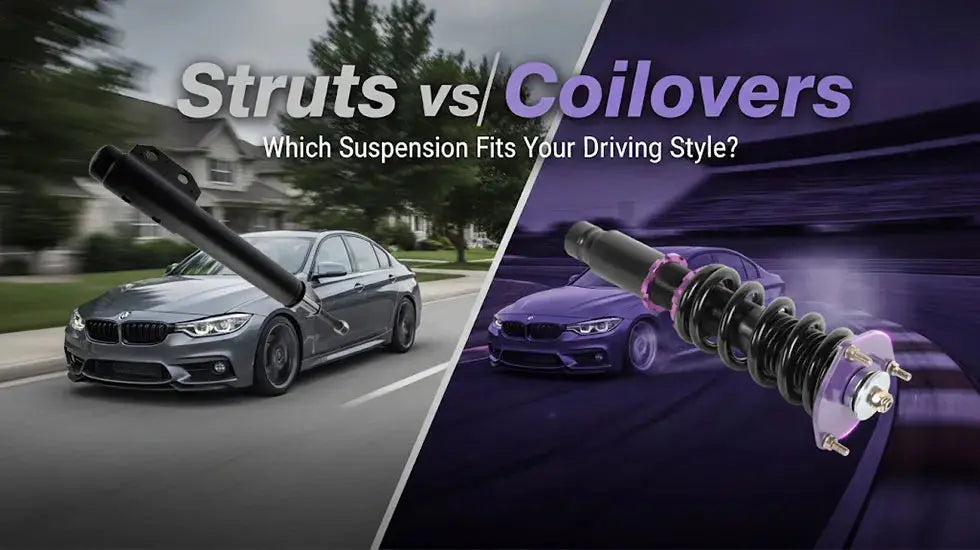Al instalar amortiguadores ajustables nuevos en su vehículo, una de las preguntas más frecuentes es: ¿cuánto tiempo debo conducir para que se asienten ? Es fundamental comprender este proceso para garantizar el mejor rendimiento y la mayor durabilidad de su sistema de suspensión. Permitir que los amortiguadores se asienten significa darle tiempo a la suspensión para ajustarse, estabilizarse y alcanzar su estado óptimo después de la instalación. Este artículo le explicará todo lo que necesita saber sobre esta fase crucial en la configuración de la suspensión.
¿Qué significa que los amortiguadores ajustables se "asenten"?
Los amortiguadores de coilover son un componente clave en el sistema de suspensión de un vehículo, diseñados para mejorar la maniobrabilidad, la comodidad de marcha y la capacidad de ajuste de altura. Tras su instalación, necesitan un periodo de adaptación, durante el cual los componentes de la suspensión, especialmente los muelles y amortiguadores, se ajustan al peso del vehículo y a las condiciones de conducción. Durante esta fase, el sistema de suspensión puede experimentar cambios en altura, rigidez y comodidad de marcha a medida que los muelles se comprimen y el fluido del amortiguador se estabiliza bajo carga.
Los amortiguadores de coilover no ofrecen su rendimiento óptimo inmediatamente después de la instalación, por lo que es necesario un periodo de asentamiento. Esto permite que la precarga del resorte y la configuración del amortiguador se ajusten con precisión, lo que resulta en una conducción más uniforme y cómoda con el tiempo.
La importancia de dar tiempo a que los amortiguadores ajustables se asienten.
Es fundamental permitir que los amortiguadores ajustables se asienten correctamente para garantizar el buen funcionamiento del sistema de suspensión. Si no se les da el tiempo suficiente para ajustarse, pueden surgir varios problemas. En primer lugar, la comodidad de marcha puede verse afectada : el coche podría sentirse demasiado rígido o con rebotes excesivos debido a que los muelles no se comprimen adecuadamente. El rendimiento de la suspensión también puede verse perjudicado, ya que los amortiguadores podrían no proporcionar la fuerza de amortiguación correcta hasta que se hayan adaptado por completo al peso del coche y a las condiciones de conducción.
Además, la alineación puede desajustarse si no se permite que los amortiguadores se asienten, lo que podría provocar un desgaste irregular de los neumáticos o problemas de manejo. Dejar que los amortiguadores se asienten ayuda a que la suspensión del vehículo funcione de manera óptima y garantiza una conducción suave y controlada.
¿Cuánto tiempo tardan en asentarse los amortiguadores ajustables?
¿ Cuántos kilómetros hay que recorrer para que se asienten los amortiguadores ajustables ? En general, necesitan entre 200 y 500 millas (aproximadamente 300-800 kilómetros) para asentarse por completo. Este proceso puede tardar desde unos días hasta un par de semanas, dependiendo de tus hábitos de conducción y las condiciones del camino. Si conduces principalmente por autopistas lisas, el proceso de asentamiento puede ser más rápido. En cambio, conducir en ciudad, con sus frecuentes baches y curvas, podría acelerarlo.

Es fundamental tener paciencia y permitir que los amortiguadores se asienten durante la conducción normal. Evite realizar ajustes importantes en la configuración de la suspensión durante este periodo inicial, ya que los cambios realizados demasiado pronto podrían no reflejar el resultado final una vez completado el proceso de asentamiento.
Factores que afectan el tiempo de asentamiento de los amortiguadores ajustables.
El tiempo que tardan en asentarse los amortiguadores ajustables no es fijo y puede variar en función de varios factores:
- Peso del vehículo : Los vehículos más pesados tienden a ejercer mayor presión sobre el sistema de suspensión, lo que puede requerir más tiempo para que los amortiguadores se compriman y ajusten.
- Calidad de los amortiguadores coilover : Los amortiguadores coilover de mayor calidad suelen asentarse más rápido porque están diseñados con mejores materiales y tolerancias de fabricación más precisas.
- Condiciones de conducción : Tanto si conduce por autopistas lisas como por carreteras en mal estado, las condiciones influyen en la rapidez con que se adaptan los amortiguadores. Las carreteras con baches pueden acelerar el proceso, ya que la suspensión se comprime con frecuencia.
- Tipo de resorte y configuración de precarga : El tipo de resortes utilizados y la configuración de precarga influyen en el tiempo que tardan los amortiguadores en asentarse. Los resortes más rígidos con una precarga alta pueden tardar más en alcanzar su posición óptima.
Señales de que tus amortiguadores se han asentado
Una vez que los amortiguadores se hayan asentado, empezarás a notar algunas señales clave de que funcionan de manera óptima. Estas señales indican que la suspensión se ha ajustado a sus parámetros ideales de amortiguación y altura, lo que se traduce en una mejora general del rendimiento de tu vehículo.
-
Mejora de la calidad de marcha : El coche se sentirá más estable y con menos rebote, lo que indica que los amortiguadores han alcanzado su configuración óptima de amortiguación.
-
Manejo más preciso : Una vez estabilizada la suspensión, el manejo del vehículo será más preciso y predecible.
-
Ajustes mínimos de altura : Si tiene amortiguadores ajustables, notará que la altura del vehículo se mantiene constante, con cambios mínimos después del proceso de asentamiento.
En resumen, una vez que los amortiguadores se hayan asentado, su automóvil debería sentirse más estable, cómodo y con mejor respuesta en términos de manejo.
Qué hacer después de que los amortiguadores se asienten: Ajustes y puesta a punto
Una vez que los amortiguadores se hayan asentado, es fundamental ajustar la suspensión para asegurar que se adapte perfectamente a sus necesidades de conducción. Esto podría implicar:
- Comprobaciones de alineación : Dado que los amortiguadores ajustables pueden afectar la altura y la inclinación de la rueda del vehículo, se recomienda una comprobación de la alineación para garantizar que todo esté correctamente ajustado.
- Ajustes de altura : Si la altura del vehículo es demasiado alta o baja para su gusto, este es el momento de realizar ajustes para afinar la postura.
- Ajustes de amortiguación : Tras el rodaje, es posible que necesite realizar pequeños ajustes en la amortiguación. Dependiendo de su estilo de conducción preferido, puede que sea necesario ablandar o endurecer los amortiguadores.
Estos ajustes son cruciales para garantizar que los amortiguadores funcionen de la mejor manera posible, tanto en comodidad como en manejo.
Consejos para el seguimiento y mantenimiento de amortiguadores coilover después del acuerdo
Una vez que los amortiguadores se hayan asentado, es importante vigilarlos para asegurar que sigan funcionando correctamente con el tiempo. Aquí tienes algunos consejos clave de mantenimiento:
- Inspecciones periódicas : Revise periódicamente los amortiguadores para detectar signos de desgaste, como fugas o corrosión en los amortiguadores. Esto ayudará a prevenir problemas antes de que afecten el rendimiento.
- Lubricación : Asegúrese de que las piezas móviles estén adecuadamente lubricadas para mantener un funcionamiento suave y evitar el desgaste prematuro.
- Compruebe si hay cambios de altura : Si la altura del vehículo continúa cambiando significativamente después de asentarse, esto podría indicar un problema con los amortiguadores o la configuración de la precarga del resorte.
Un mantenimiento adecuado prolongará la vida útil de sus amortiguadores y ayudará a mantener su rendimiento a largo plazo.
Conclusión
En conclusión, comprender cuántos kilómetros se deben recorrer para que los amortiguadores se asienten es fundamental para maximizar el rendimiento y la vida útil del sistema de suspensión. El proceso de asentamiento, que suele durar entre 200 y 500 millas (320 y 800 km), permite que los resortes y amortiguadores se ajusten a la carga del vehículo, garantizando una calidad de marcha y un manejo óptimos. Factores como la precarga, el peso del vehículo y las condiciones de conducción influyen en la rapidez con que se asientan los amortiguadores, por lo que es importante tener paciencia y darles tiempo para que se adapten.
Una vez que los amortiguadores se hayan asentado, los ajustes finos, como la alineación, la modificación de la altura de la carrocería y el ajuste de la amortiguación, pueden mejorar aún más su rendimiento. El monitoreo y el mantenimiento regulares garantizarán que los amortiguadores sigan ofreciendo una conducción suave y precisa con el paso del tiempo.
Siguiendo estas pautas, te asegurarás de que tus amortiguadores funcionen de la mejor manera, proporcionándote una experiencia de conducción cómoda, estable y de alto rendimiento a largo plazo.


